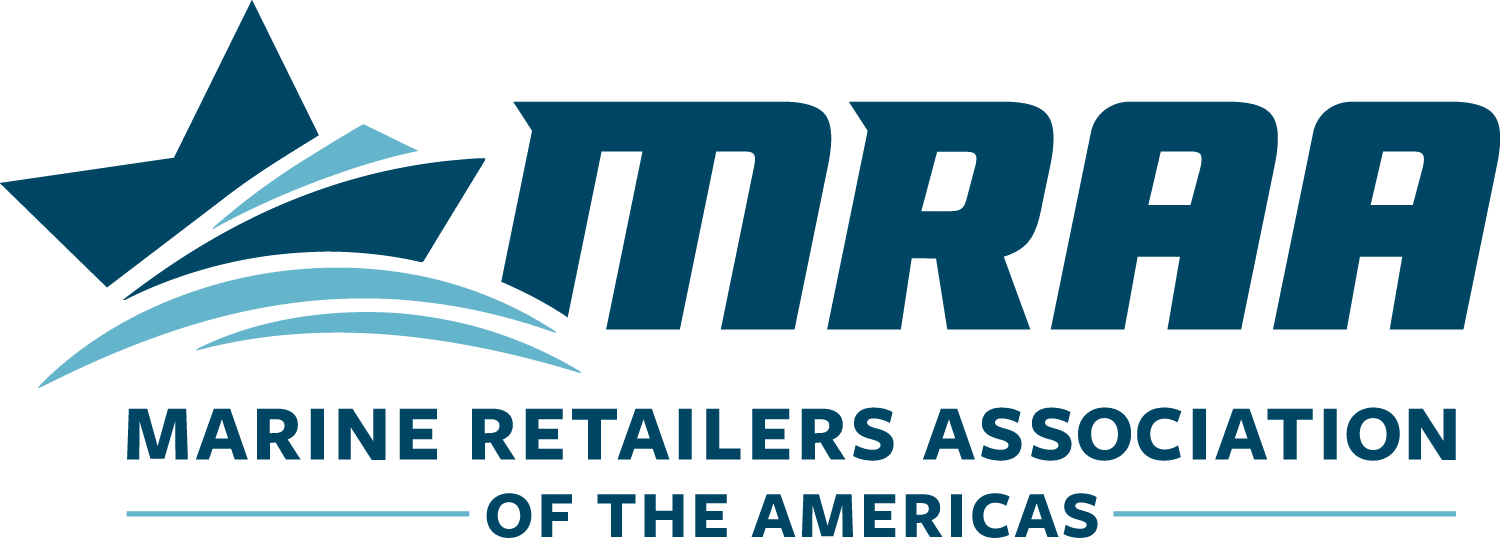• In today’s marine industry environment, dealership owners can benefit from a flexible and adaptable approach to financial planning.
By Tracy Williams, Managing Director – Marine, Huntington Distribution Finance†
Key Takeaways:
- Embracing dynamic financial planning enables dealerships to position themselves to navigate challenges and capitalize on opportunities.
- Focusing on financial statement accuracy may allow businesses to make more informed decisions.
- Factoring in liquidity and inventory needs can help better meet shifting market conditions and lender expectations.
- Conduct market and industry research to reinforce financial strategies.
- In an uncertain market, dealerships should make planning for the unknown a centerpiece of their financial planning.
Financial planning and budgeting for marine dealership owners is often viewed as an annual exercise. In the industry’s current environment, uncertainty in prices, spending, and rates might demand more adaptable strategies to ensure financial stability. Dealerships reexamining their plans for the year ahead might benefit by shifting to a more flexible approach.
This article highlights strategies our team has seen dealerships follow to improve financial planning efforts, enhance the accuracy of financial data, understand market and consumer trends, and plan for the unknown.
Embrace Dynamic Financial Planning
Financial planning shouldn’t be a one-and-done task. Predicting what will happen in six months is impossible, so it is wise to prepare for as many outcomes as possible. One way dealerships can help accomplish this is by incorporating adaptive forecasting into their strategies using market research and scenario planning.
Many dealerships are also spending time analyzing actual reporting. Doing this can aid in monitoring performance and understanding underlying causes for variances in the budget versus actual financial transactions. Rather than focusing on this once or twice a year, dealerships are comparing these numbers on a quarterly or even monthly basis to remain on track.
Focus on Accuracy and Verification
Financial statements set the foundation for effective decision making, so prioritizing their accuracy makes a difference. Errors or inconsistencies here could lead to risky choices and financial setbacks. Implementing meticulous verification processes, such as regular auditing (monthly or quarterly, for example) and enhanced internal controls, has allowed dealerships to catch issues before they become bigger problems.
Turning to technology or specialists can simplify this task. There might be opportunities to invest in new financial software or consult with an outside firm to further ensure financial statements are accurate and detailed enough to meet business needs. Reducing staff time spent on data entry or balance sheet reconciliation is another benefit of these options.
Factor in Liquidity and Inventory Needs
Lenders assessing dealerships consider many factors beyond statement trends. These entities determine the health of the business by reviewing cash flow leverage, EBITDA, gross margin, inventory turn, and the inventory age. Dealerships paying attention to these areas while refining their budgets can more easily address concerns earlier in the process.
Accurately estimating inventory needs based on historic sales and anticipated shifts in the market can help prevent overstocking or shortages. Compare the individual unit cost and profit margin with the gross profit budget. Is there enough inventory available to meet that figure? Conversely, are there concerns about over-indexing on units that might not sell? Many dealerships optimize their inventory by identifying slow-moving units or fast-selling products, then hosting discounts or promotions to keep the stock moving. Consider also watching for inventory that will become interest bearing first to focus on selling that stock first.
Cash flow needs should also be an important aspect of financial planning. With recent shifts in consumer spending and price increases it has become equally important to ensure budgets account for maintaining operations when busy seasons are slower than normal.
Conduct Market Analysis to Build Your Strategy
Harnessing the power of historic sales data and trends predictions can help inform financial planning.
Below are five critical areas to research and analyze:
- The state of the industry: Channels to watch include industry reports, Personal Consumption Expenditures (PCE) indicators, and economic forecasts.
- Competitors: Dealerships are increasingly paying attention to competitors’ inventories, promotions, and marketing materials.
- Market gaps and areas of opportunity: Stay prepared for new opportunities. For example, some dealers are considering investing in electric-powered boats to meet environmentally conscious consumers’ needs.
- Customer spending habits and desires: Key areas include market registration reports, consumer confidence indexes, and consumer expenditure surveys.
- Challenges in the industry. Knowing the pain points of the industry can help dealerships better position themselves.
Plan for the Unknown
Economic volatility, rate increases, and spending habits have all impacted sales projections for marine dealerships across the country. These factors have forced owners to reanalyze their expenses and determine where they could decrease spending or reallocate funds.
One way to help mitigate losses from this type of uncertainty is to make planning for the unknown a key aspect of the financial planning process. Determine where costs could be reduced or shifted to more profitable areas within the dealership, such as innovative marketing opportunities or trade shows.
Investing in areas that drive an improved customer experience could lead to improved relationships, retention, and upselling opportunities, for example. Adopting rolling or adaptive forecasting can also help provide flexibility to meet changing market needs.
Stay Resilient and Adaptable
The marine industry’s ever-changing landscape requires dealerships to be flexible in their approach to financial planning. Learn more about how Huntington Distribution Finance can support your efforts by connecting with our team.

About the Author
Tracy Williams, Senior Vice President, Marine Vertical Leader with Huntington Distribution Finance, has more than 25 years of experience in the marine industry. She has held roles at GE Commercial Distribution Finance, GE Money Retail Finance, and Transamerica Commercial Finance Corporation. For her contributions in 2021, Tracy was nominated as a reward recipient for the Boating Industry Magazine’s “Women Making Waves,” and received the “Bold Moves” award in 2022 for her ongoing efforts in the industry.
† Huntington Distribution Finance means either Huntington Distribution Finance, Inc. in the United States or Huntington Commercial Finance Canada, Inc. in Canada, as applicable. Huntington Distribution Finance, Inc. Is a separate legal entity which operates as a subsidiary of Huntington National Bank (HNB).
Disclosures
The information provided in this document is intended solely for general informational purposes and is provided with the understanding that neither Huntington, its affiliates nor any other party is engaging in rendering financial, legal, technical or other professional advice or services, or endorsing any product or service. Any use of this information should be done only in consultation with a qualified and licensed professional who can take into account all relevant factors and desired outcomes in the context of the facts surrounding your particular circumstances. The information in this document was developed with reasonable care and attention. However, it is possible that some of the information is incomplete, incorrect, or inapplicable to particular circumstances or conditions.
NEITHER HUNTINGTON NOR ITS AFFILIATES SHALL HAVE LIABILITY FOR ANY DAMAGES, LOSSES, COSTS OR EXPENSES (DIRECT, CONSEQUENTIAL, SPECIAL, INDIRECT OR OTHERWISE) RESULTING FROM USING, RELYING ON OR ACTING UPON INFORMATION IN THIS DOCUMENT EVEN IF HUNTINGTON AND/OR ITS AFFILIATES HAVE BEEN ADVISED OF OR FORESEEN THE POSSIBILITY OF SUCH DAMAGES, LOSSES, COSTS OR EXPENSES.
Lending and leasing products and services, as well as certain other banking products and services, may require credit application approval. Third-party product, service and business names are trademarks/service marks of their respective owners.




